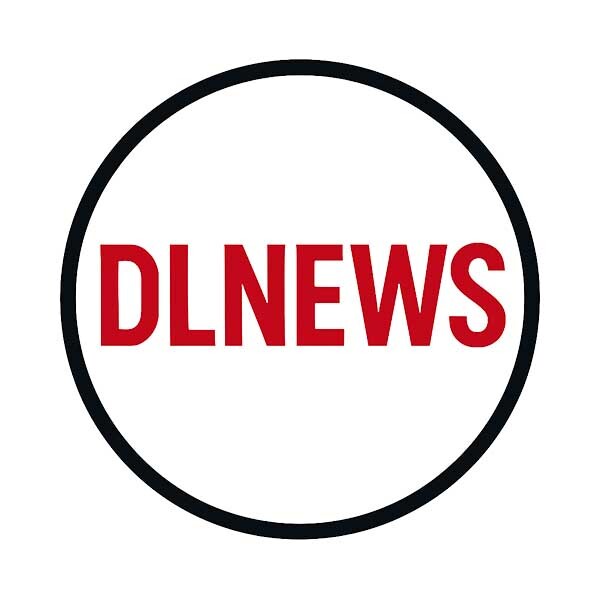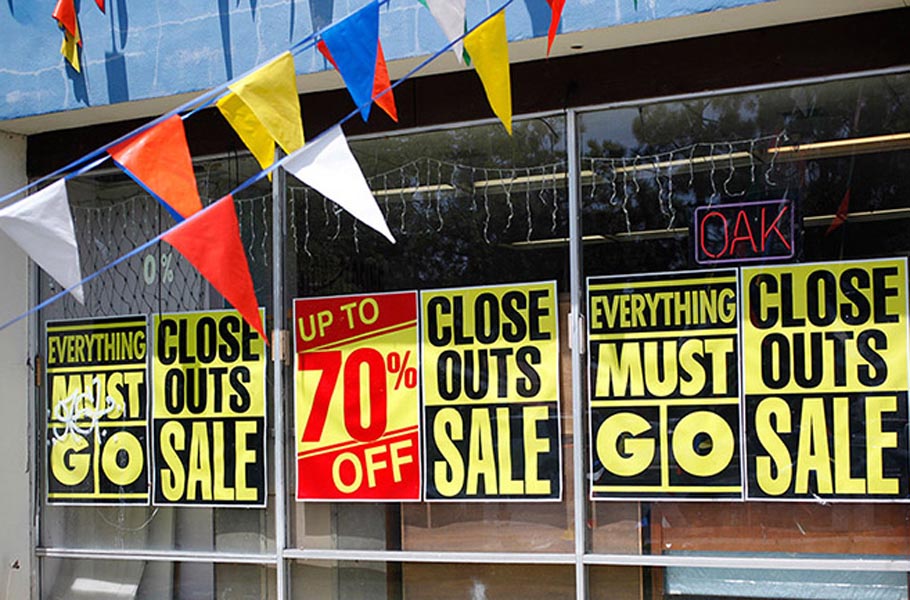 News Staff
News Staff![]() -
July 27, 2022 -
Business -
Fed rate
-
3.2K views -
0 Comments -
0 Likes -
0 Reviews
-
July 27, 2022 -
Business -
Fed rate
-
3.2K views -
0 Comments -
0 Likes -
0 Reviews

JTFMax:
Even though the Fed has primarily followed a conservative monetary policy, many observers still see Fed chair Jerome Powell's current interest rate hikes as aggressive. As such, the impact will be felt more keenly by small businesses and minority-owned firms.
The Fed increased interest rates twice in less than six months, a dramatic move given that the economy is experiencing the highest level of inflation in over 40 years. So, the unemployment rate was 3.6 percent for the fourth month, and the number of unemployed persons was essentially unchanged at 5.9 million in June. The two 75-basis point hikes are part of the Fed's effort to curb price increases. However, the Fed hasn't yet managed to keep inflation at bay, and experts worry that further increases in borrowing costs could result in a contraction of the economy and even a recession.
The Fed's interest rate hikes have caused inflation to reach a record high. Mortgage rates spiked last month, and home sales fell. As a result, many consumers delayed significant purchases. Despite this, some economists believe the rate hikes could tip the economy into a recession. Consumers will also face higher interest rates on credit card debt and other loans.
The two hikes mean a summer of discontent for borrowers, especially those with variable-rate debt. According to Bankrate's chief financial analyst, Greg McBride, the hikes will increase the cost of borrowing by about three-quarter percentage points. This is because the Fed sets the federal funds rate, which banks charge each other for overnight loans to meet reserve requirements.
The Fed typically moves at a quarter-point increment. The Federal Reserve on Wednesday enacted its second consecutive 0.75 percentage point interest rate increase, taking its benchmark rate to a range of 2.25%-2.5%. The hike will increase the cost of borrowing, causing the average 30-year mortgage rate to jump over six percent. The Federal Reserve's decision directly responds to the fast-rising cost of borrowing and the Fed's attempts to cool inflation by increasing borrowing costs.

The elephant in the room is whether there will be a recession? A recession is the contraction of the business cycle. For example, when there is a widespread decrease in spending, the economy enters a recession. There are several reasons for a downturn, including decreased employment and expenditure. However, a recession generally means the economy is not growing as quickly as it should.
When the stock market is down, this is a clear sign of a recession. On Jan. 3, the S&P 500 was near 4,800, then fell 500 points to 4,300 at the end of the month. At the beginning of March, it was back to 4,200 and now 4,023. Recessions are typical, but not all recessions are created equal.
The last U.S. recession ended in April 2020, making it the shortest on record.
The Great Recession began in December 2007 and ended in June 2009. Real gross domestic product (GDP) fell 4.3 percent from its peak in 2007Q4 to its trough in 2009Q2, the most significant decline in the postwar era. The unemployment rate, which was 5 percent in December 2007, rose to 9.5 percent in June 2009 and peaked at 10 percent in October 2009. Home prices fell approximately 30 percent, on average, from their mid-2006 peak to mid-2009, while the S&P 500 index fell 57 percent from its October 2007 peak to its trough in March 2009. US households and nonprofit organizations' net worth fell from approximately $69 trillion in 2007 to $55 trillion in 2009.
The business cycle length varies greatly, as does the size of each phase. Generally, an expansion period lasts longer than the contraction phase. A recession is defined by a substantial drop in output and a significant increase in unemployment. Recessions inflict great hardship on households and businesses and can have long-term effects on society. It is not easy to determine which administration is responsible for the current state of the economy.

At Desert Local News, connections are everything. We're not just another social networking platform—we're a lively hub where people from all walks of life come together to share stories, spark ideas, and grow together. Here, creativity flourishes, communities grow stronger, and conversations spark global awareness.